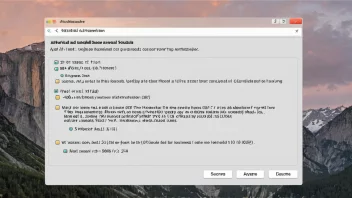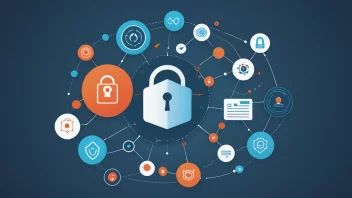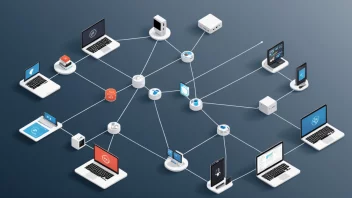Introduction
Data privacy is a critical concern in today's digital world, especially as organizations collect and analyze vast amounts of personal information. To protect individual privacy while still leveraging data for insights, various anonymization techniques have emerged. This article explores the top five anonymization techniques that can help safeguard sensitive information.
1. Data Masking
Data masking involves altering data to conceal original values while maintaining the data's usability. This technique is particularly useful in environments where sensitive data is used for testing or development.
- Use Cases: Testing environments, training datasets
2. K-Anonymity
K-anonymity ensures that any given data entry cannot be distinguished from at least k other entries. This technique is effective in preventing re-identification attacks, offering a balance between data utility and privacy.
- Use Cases: Public datasets, research studies
3. Differential Privacy
Differential privacy introduces random noise to datasets, ensuring that the inclusion or exclusion of a single data point does not significantly affect the overall outcome. This technique is particularly valuable in statistical analysis and machine learning.
- Use Cases: Large-scale data analysis, machine learning models
4. Hashing
Hashing transforms data into a fixed-size string of characters, typically a hash code, which cannot be reversed to reveal the original data. This method is commonly used for secure password storage and data integrity verification.
- Use Cases: Password storage, data integrity checks
5. Generalization
Generalization involves replacing specific values with broader categories. For example, rather than storing an exact age, data can be generalized to an age range. This technique helps in reducing the granularity of data while retaining its usefulness.
- Use Cases: Surveys, demographic studies
Conclusion
In conclusion, anonymization techniques are essential tools for maintaining data privacy in a data-driven world. By implementing methods like data masking, k-anonymity, differential privacy, hashing, and generalization, organizations can protect sensitive information while still deriving valuable insights from their data.






